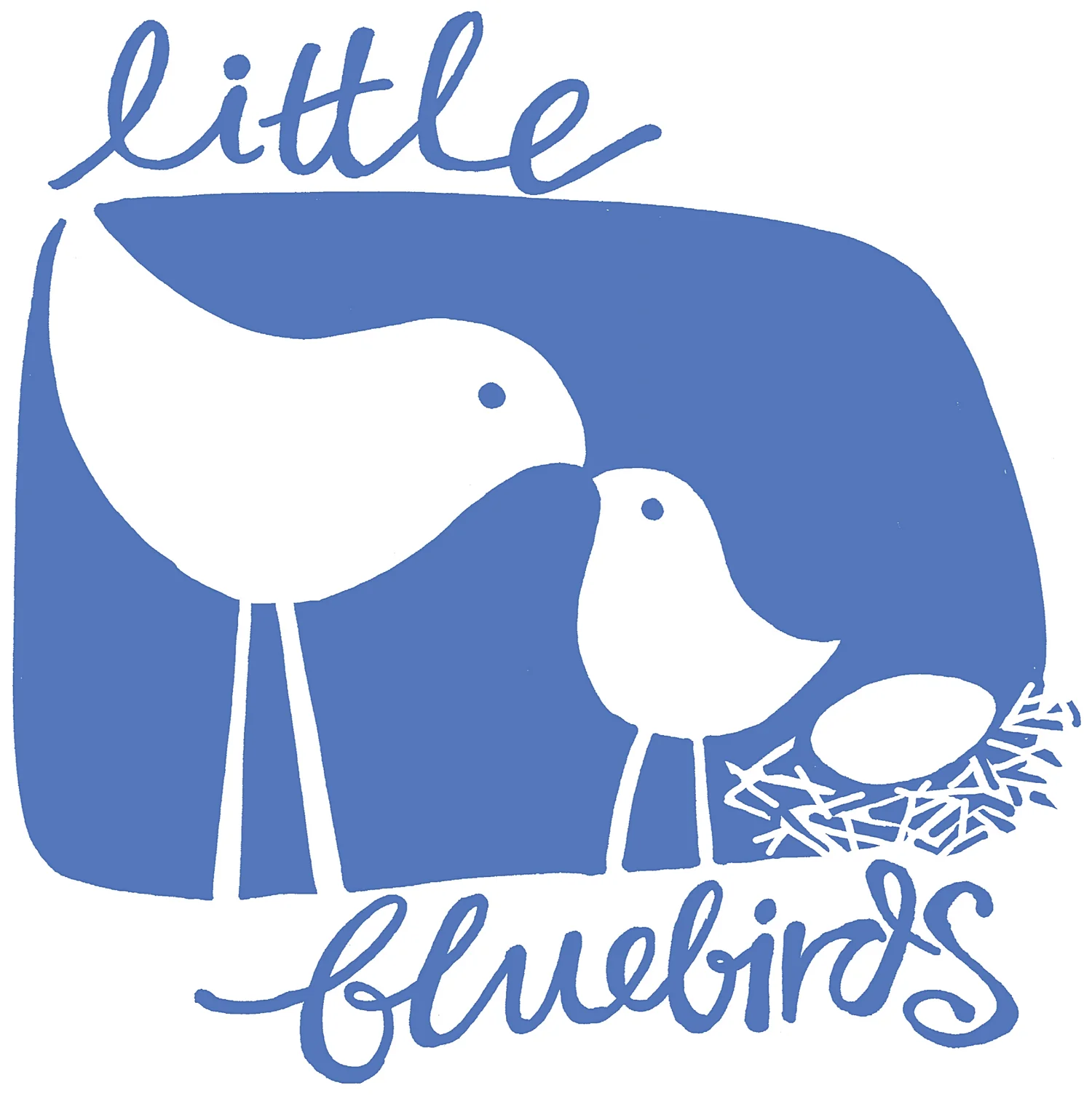Toys toys toys
“Play” ... it’s the stuff memories are made of! It’s about fun but is also much more than that. Exploring their environment through play is how our little ones process and begin to understand the world around them. In fact, playing is how young children do most of their learning and growing, develop their own interests and express their emerging personalities.
Now if play is so important, that must mean TOYS are important too, right? Well, yes and no. If you ask ‘Google’, play is defined as “activity engaged in for enjoyment and recreation, especially by children” or “engage in without proper seriousness or understanding”. So it’s about the experience, the enjoyment and fun, rather than “stuff”. A game of peek-a-boo or hide & seek with mum or dad, freedom to get their hands muddy outside, and exploring the Tupperware drawer while you cook dinner are all examples of how children might play without toys.
Although children don’t need toys to play, that isn’t to say that toys don’t have their place! They absolutely do. I am a big believer in giving children opportunities to use their imagination to engage with and explore their environment, and this includes having access to some toys. Because toys are fun! And yes they can create wonderful opportunities for learning and developing skills as well.
Here are my tips for making the most out of your children’s toy collection.
Quality over quantity.
Now when I say quality, I absolutely do not mean expensive. I am really talking about the quality of play that comes from each toy. There is no point having a fancy, expensive train set if your child is not at all interested in trains! And likewise, a $2 ball can create hours of bouncing, rolling and throwing fun. Try to take notice of what your children are showing an interest in and what they really enjoy playing with… rather than what looks fun to you or what is advertised as the latest, most exciting and educational “must have” toy.
Mix it up.
Putting some of your child’s books, toys or puzzles away for a while is a great way to keep things interesting! Just like adults, children enjoy variety and are less inclined to really engage in play if the same things are on offer all the time. Try splitting the toys you have into two boxes – put half away in a cupboard (ideally out of their reach if possible) and leave half out for them to easily access. Do a swap once a week. Doing a rotation like this creates a sense of wonder and excitement, and the toys that have been “out of sight, out of mind” will almost feel brand new!
Move it on.
Don’t be afraid to move any toys that your children aren’t using on to a new home. Even the most wonderful toys will be outgrown eventually, and some may just not fit your child’s interests or abilities. If you’re regularly rotating the toys you do have and taking notice of what your child enjoys, you should be able to see a pattern of what items won’t be missed! From there you can choose to sell, donate or gift them to friends or family. Depending on the age of your children, this is a process that they can be involved in – ask them what they’re happy to part with, they might surprise you!
Be thrifty.
It can be easy to get caught up in providing the most exciting “things”. But toys do not have to be expensive, and they don’t have to be new! Some of my daughter’s most loved play-things have been treasures found at the op-shop, or pre-loved bargains found on local sales pages. And some are completely free, repurposed items from around the house. So keep an eye out for pre-loved bargains and think outside the box – or inside the recycling box! Draw some faces on toilet rolls and watch them transform into puppets, old tissue boxes can be cars or boats for a teddy, and a humble cardboard box makes the princess castle!
As parents we can sometimes feel a lot of pressure to make every moment meaningful and provide our children with the very best, most exciting and educational “things” and experiences. But it is so important to remember that to children, every single moment already IS meaningful. They are constantly soaking up their environment and learning through observing and interacting with not just the world around them but the people in it! I do hope these tips help you make the most out of the toys you do have (or can make), which is one of many ways that you can help create opportunities for your children to learn through play.





